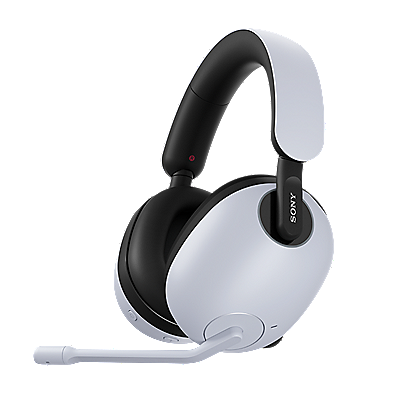Some 3D content has double images, outlines, shadows, or halos around the subject.
A variety of factors can influence 3D picture quality. This includes the signal source and type of connection to the TV. Other factors include settings on the TV, extremely low temperature in a room, sunlight and room lighting, electrical devices near the TV, and connection issues with the signal source.
IMPORTANT:
- The content provider can control the quality of the 3D program you are receiving. Some content providers for 3D movies carefully check the 3D video for artifacts and do touch up. We are unable to guarantee all content providers will output the same level of 3D quality on all programming.
- Live 3D broadcasts, such as sporting events or concerts, do not provide the opportunity for touch-up. Some viewers may notice that the quality of the 3D video may not be the best at all times.
- The method used by the service provider of recompressing or modifying the 3D contents for distribution may introduce block noise that could create unnecessary contour lines or double imaging.
Follow the steps below to troubleshoot issues related to 3D picture quality or loss of 3D sync between glasses and TV.
NOTES:
- If model-specific information is required to complete any of the steps below, refer to the operating instructions supplied with the TV.
- Before proceeding, make sure that the 3D TV and related components have been set up and working properly.
- Because each of these steps represents a possible solution to this issue, check the status of the 3D picture after completing each step.
- The TV and the component source need several minutes to stabilize when they are first turned on. Wait a few minutes for the devices to synchronize and the 3D image will appear correctly.
- Set the output resolution of the source device to the applicable picture format for 3D viewing; 1080i, 1080p or 720p.
- To get the proper 3D depth and prevent the double image effect, your head should be level; eyes need to be even with the horizontal plane, same as the TV set. The visible light coming from the TV picture is polarized. The 3D Shutter Glasses work together with this polarized light from the TV to produce the 3D picture. 3D is best viewed with your head and eyes level and positioned as near to the horizontal centerline of the screen as possible.
- Change the 3D glasses brightness setting to MEDIUM or LOW. The 3D glasses brightness adjustment can be accessed from the OPTIONS menu and the default setting from the factory is set to AUTO. The 3D glasses brightness setting adjusts brightness as seen through the 3D glasses by controlling a combination of the 3D glasses shutter and the panel back light level.
NOTE: This adjustment will not improve the picture significantly when the viewer's head is tilted. It is only meant to fine tune the picture when the head and eyes are level as mentioned above.






















